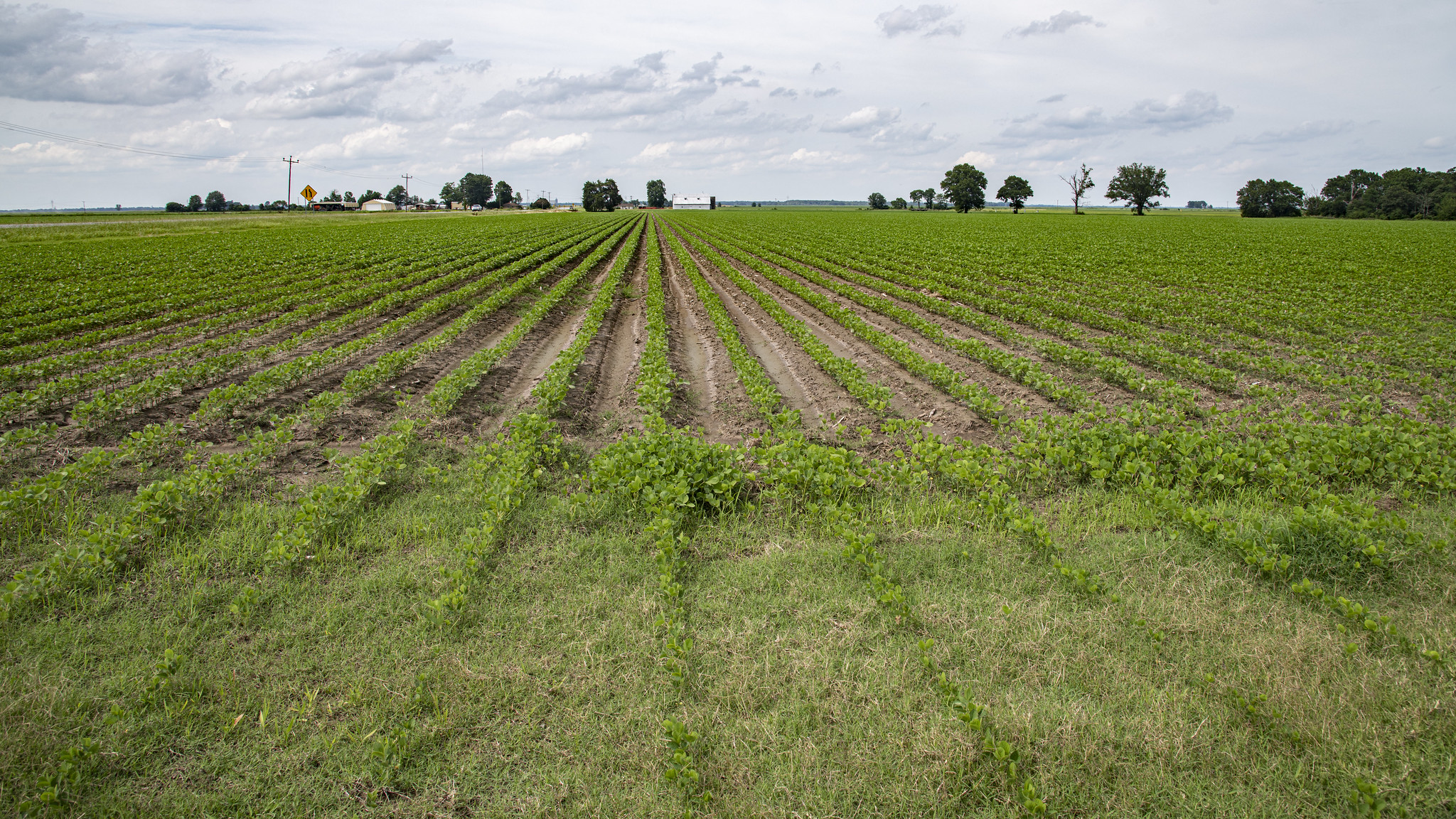Latest 2024 farm income forecast shows overall decrease from 2023

Farm income is forecasted to have decreased in 2024 by 4% from 2023, largely because of a decrease in cash receipts, or the gross income, from the sale of commodity crops, according to the December update of the U.S. Department of Agriculture’s farm income forecast.
Carrie Litkowski, the farm income team leader with USDA Economic Research Service, presented the latest update in a webinar Tuesday, and said the forecast was very similar to its previous September iteration.
“But somehow it feels a little more important, as we near the end of the year, to evaluate the current state of the farm economy as a starting point for considering what challenges and opportunities may lie ahead for U.S. agriculture,” Litkowski said.
Net cash farm income for 2024 is projected to be $158.8 billion, which in inflation-adjusted figures is 3.5% lower than net cash farm income in 2023. The forecast shows the 2024 figure, however, is 9.8% above the 20-year average for net cash farm income, and represents a less gradual decline than that of 2022 to 2023.
Net cash farm income is the income minus expenses of the farm, including government payments, but excluding things like changes in inventories or economic depreciations, which are reflected in the “net farm income” figures.
The sale of agricultural commodities is projected to decrease by less than 1 percent overall as an over 8% increase in animal and animal product receipts nearly offsets the over 9% decrease in forecasted crop receipts.
Because of this, net cash income for all farm businesses specializing in crops is forecasted to be lower this year than last, but all farm businesses specializing in animal or animal products are expect to have higher net cash farm income than they did in 2023.
This could mean lower net cash income for the farming sector in Iowa for 2024, as the majority of cash receipts on Iowa farms in 2023 were for corn and soybeans, which are projected to decrease, nationally, by 23% and 14% respectively in 2024.
The data used in the USDA ERS forecasts represents the entire farming sector of nearly 2 million farms and ranches. Litkowski said the reports are used to inform policy makers and lenders, and in determining the ag sector’s contributions to the U.S. economy.
It’s forecasted that farmers in 2024 will have a decreased need of supplemental and disaster assistance, as well as lower dairy margin payments. That will result in a forecasted $1.7 billion decrease from 2023 in direct government payments to farmers.
Litkowski said natural disasters like hurricanes Helene and Milton have not yet shown up in the data, because much of the harvesting in the affected regions had already been completed at the time of the hurricanes, and payments have not yet been issued.
“Natural disasters have the potential to affect farm income, and historically, they have,” Litkowski said. “Sometimes it just takes time to know the impacts.”
USDA also forecasts overall lower input costs, primarily in feed fertilizers and pesticides for farmers in 2024. Other inputs, however, like labor, interest rates and livestock and poultry purchases are forecasted to have increased.
Median farm income for 2024 is expected to increase to $100,634, which is almost 3% higher, without adjusting for inflation, from 2023. Off-farm income, which represents the biggest share of income for most on-farm families, is projected to increase in 2024, after decreasing slightly over the past three years.
Litkowski clarified that “half of all farms are residential farms” where the owner’s primary occupation is not farming, which typically leads the median on farm income to appear as a negative amount.
The forecast will be updated again Feb. 6 when the department will release its first projections for 2025.
This story was first published by Iowa Capital Dispatch, a States Newsroom affiliate.
Missouri Independent is part of States Newsroom, a nonprofit news network supported by grants and a coalition of donors as a 501c(3) public charity. Missouri Independent maintains editorial independence. Contact Editor Jason Hancock for questions: info@missouriindependent.com. Follow Missouri Independent on Facebook and X.
Miss Clipping Out Stories to Save for Later?
Click the Purchase Story button below to order a print of this story. We will print it for you on matte photo paper to keep forever.

